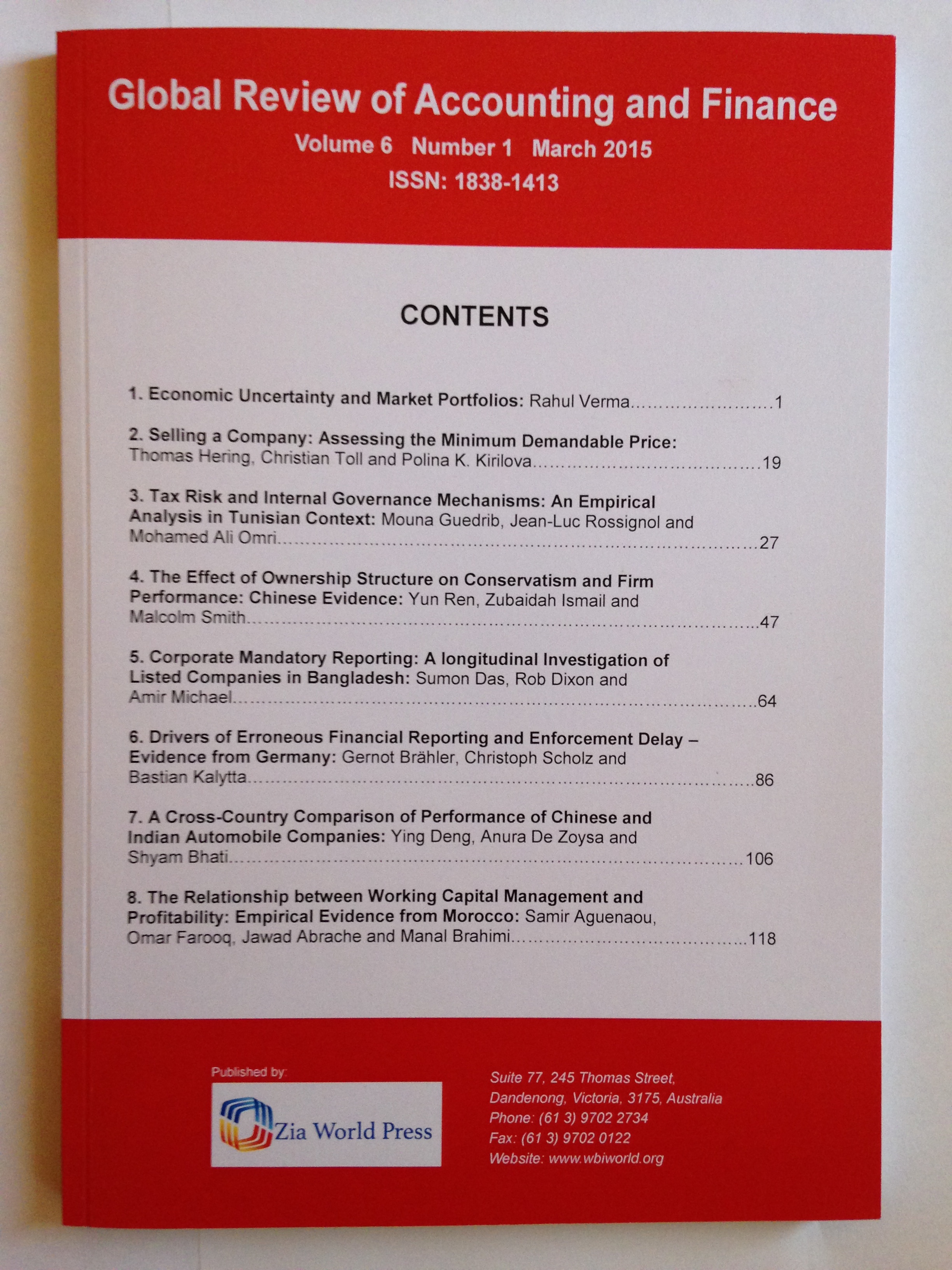Pages
40 – 55
The study analyzes the short and long term relationship between Indian and World major stock market. Secondary data was considered for the study which covers the daily closing prices from the period of 2003 until the end of 2013. We used Jarque Bera Test, Dickey Fuller Test, Augmented Dickey Fuller (ADF) test, Phillips- person (PP), and Ganger causality Test and co integration test to identify the normality, long/short run relationship and interdependency exist between National and International stock market. The study found that the Indian stock market is highly correlated with Singapore stock market on the other hand the return time series are found to be non-stationary at the zero level and the first order difference the return series are found to be stationary. The Ganger Causality exists between Indian stock market with Malaysia and Taiwan stock index. Finally, it was found that there is no Ganger causality exists between Indian stock market and USA, Indian stock market and Singapore.

